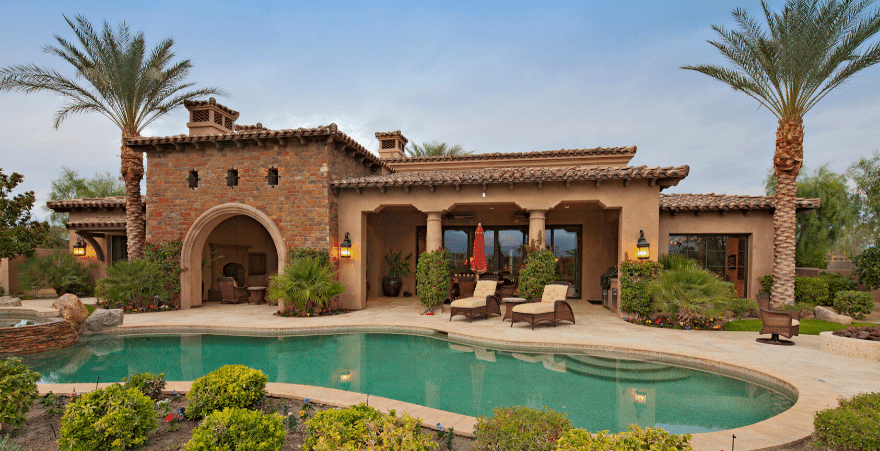
09 Jul Construction works with natural stone
Building with natural stone offers a series of advantages that position it as a highly valued material today.
The use of natural stone in construction dates back to ancient times. The first cobbled pavements were covered with this material to meet the demands of new means of transport, which favored the development and expansion of cities.
Its validity as a material in construction, its timelessness, solidity and aging give it a lively and environmentally friendly appearance, easy to use and obtain.
Natural stone has a series of essential characteristics, whether for new construction or for redesign and rehabilitation, which go far beyond its aesthetic qualities:
It is a mineral product, which is both natural and ecological.
Its impact on the ecosystem is minimal.
It is a reusable material.
It is thermal and acoustic insulator.
CONSTRUCTIVE ADVANTAGES OF NATURAL STONE
Natural stone has great advantages that favor a sustainable and versatile construction, being able to be used both in foundations and in facades and wall covering.
TECHNICAL ADVANTAGES
Natural stone offers great resistance in buildings. This makes it a valued material in construction since it is capable of being maintained over the years.
It is a sustainable construction material, since it allows recycling or reuse in a new project or in its rehabilitation.
Its high thermal inertia makes it a thermal insulating material, since it provides significant savings in heating and cooling, increasing the energy efficiency of the home.
In addition, its mass (Kg / m3) also allows it to be an excellent acoustic insulator.
It offers total fire safety on exterior facades and inside the house, positioning itself, in this way, as a perfect fireproof material.
AESTHETIC ADVANTAGES
Due to its characteristics, natural stone becomes a versatile material that can be used in all types of projects, as it adapts to both interior and exterior structures. Its use brings personality and warmth to rooms. From covering a wall with natural stone or putting it on floors and baseboards.
The wide variety of colors, shapes and textures that natural stone has allows its use in architecture and decoration projects. Its shades range from light to dark colors offering a unique color range in each structure and a rustic and natural finish.
The buildings in which natural stone is used provide an architectural harmony with the environment and the mimicry with nature while enhancing the landscape perception of the place.
KINDS OF NATURAL STONE
At Glassydur’s we own more than thirty types of natural stone in different colors, textures and formats. Its characteristics offer a sustainable solution for each type of project or element in a building. You can choose between:
Shale: Shale is ideal for roof construction. It adapts to many sizes and all types of surfaces.
Sandstone: It is perfect for constructions in coastal areas. It is widely used as a base, architectural and decorative element. Its colors (brown or reddish) tend to make up both rustic and modern styles.Limestone: It is used a lot in walls and decoration. It is very resistant and adds elegance to the rooms.
Basalts: Basalt is used in foundations, steps (below deck), paving (cobblestones) and engineering works. It has a very characteristic greenish-black color.
Porphyry: It has the ideal qualities for floors and pavings. It provides great strength and resistance and is non-slip. It comes in red, gray or green colors.
Quartzites: They withstand temperature changes well, they are hard and do not absorb moisture. They are often used to clad buildings.
At Glassydur’s, we have a wide range of materials and import and export natural stone from and to up to three continents (Asia, America and Europe) providing various solutions for any type of building.
If you choose to build with natural stone in your project, download our natural stone catalog.
